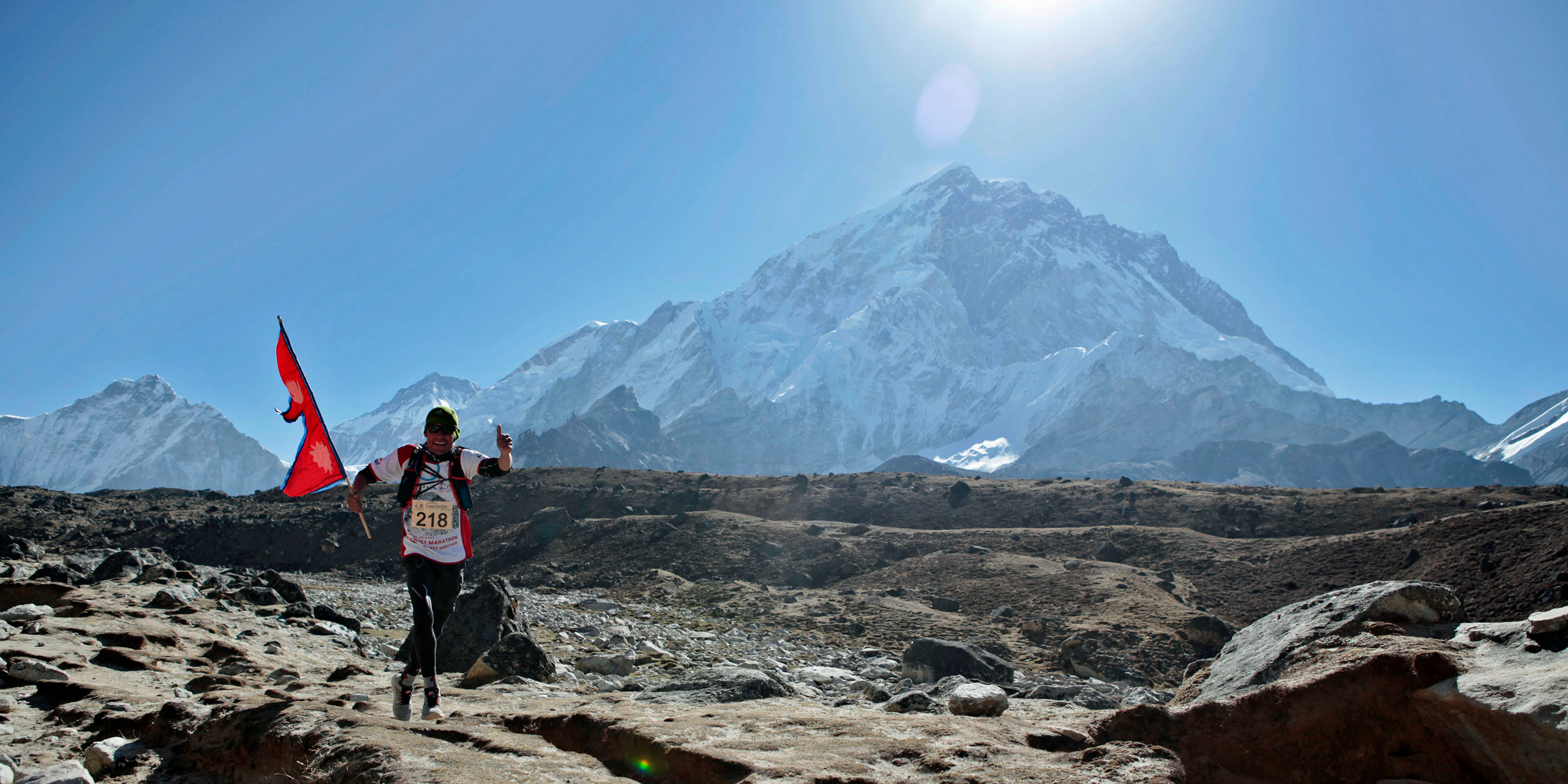- Tents, cans, bottles, plastic, climbing gear, and even human excrement are just some of the examples of waste collected from Mount Everest over the past two weeks.
- Three metric tons of trash have been removed from the world’s tallest mountain (above sea level) in a major clean-up effort launched by the Nepal government.
- The overall goal of the Everest cleaning campaign? Remove 10 metric tons of waste from the mountain in 45 days.
- The 14-member clean-up crew is picking up trash as groups ascend the different bases on the mountain. A Nepali army helicopter was also used to transport some of the trash.
- In addition to waste, the crew has removed four dead bodies. As a result of climate change, snow and glaciers are melting revealing bodies of those who died tried to make the climb.
- Visit INSIDER’s homepage for more stories.
Cans, tents, bottles, plastic, climbing gear, and even human excrement are just some of the examples of waste collected from Mount Everest over the past two weeks.
Three metric tons of trash have been removed from the world’s tallest mountain (above sea level) in a major clean-up effort launched by the Nepalese government.
“Our goal is to extract as much waste as possible from Everest so as to restore glory to the mountain. Everest is not just the crown of the world, but our pride,” the chief of Nepal’s tourism department, Dandu Raj Ghimire, told the Hindu.
The target is to remove 10 metric tons of waste from the mountain in 45 days.
The 14-member clean-up crew picking up trash in groups ascends to different bases on the mountain. A Nepali army helicopter was also used to transport some of the trash.
"Some locally manageable waste was disposed off in the Namche region itself," The Himalayan Times reported. "Biodegradable waste was taken to Okhaldhunga while non-degradable waste like plastic and bottles were brought to Kathmandu [via army helicopter]."
Litter collection began at "base camp and surrounding areas," according to Agence France Presse, which reported that eight climbers have now moved on to Camp 2.
"The clean-up campaign team has just started and members have ascended to higher camps to collect more garbage," Ghimire, told AFP.
Over the past several decades, Everest has seen an influx of traffic as climbers attempt to reach the summit - and in increase in trash they left behind.
Read more: Mount Everest isn't the Earth's tallest mountain
Tackling the waste issues is not a new undertaking for Nepal; in 2014 they started a $4,000 trash deposit for climbing teams. The deposit will be refunded if each member of the team brings down 18 pounds of trash. On the China side of the mountain, nonclimbers were banned from the base camp.
In addition to contending with the rising number of climbers - over 800 reached the summit last year - Everest is battling climate change.
With snow and glaciers melting due to climate change, dead bodies are being exposed on the mountainside, the former president of Nepal Mountaineering Association, Ang Tshering Sherpa, told CNN earlier this year.
CNN reported that around 200 people have died climbing Mount Everest since 1922. Authorities reported that four bodies were recovered at the base camp, according to The Himalayan Times.
The spring climbing season has already begun and according to The Himalayan Times, hundreds more are expected to attempt the ascent.
